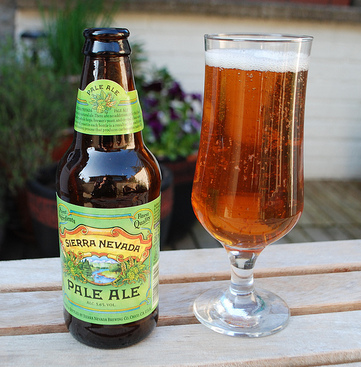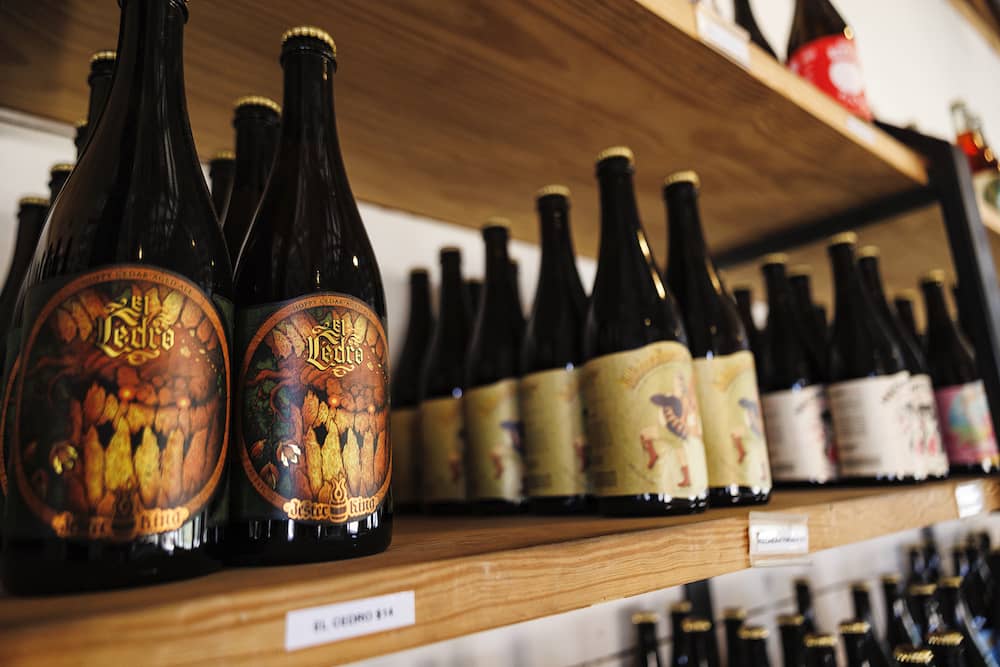Revealing the Keys of Craft Distillery Production: A Comprehensive Overview
The intricate process of crafting spirits involves a delicate balance of creativity and science, with each distillery nurturing its very own set of strategies and trade tricks. As we get started on the trip to uncover the mysteries behind craft distillery production, we will peel off back the layers of practice and innovation that shape the spirits we delight in.
The Art of Component Selection
When producing craft spirits, the meticulous process of component choice plays an essential function fit the last high quality and character of the item. Distillers must very carefully consider each component that goes into their spirits, from the base grains or fruits to the botanicals and other flavoring representatives. The high quality of these ingredients directly affects the taste, aroma, and total experience that the spirit will certainly provide to customers.
Among the vital facets of ingredient selection is sourcing high-grade resources. Seawall Bar. Whether it's in your area grown grains, organic fruits, or rare botanicals, utilizing the most effective feasible components establishes the foundation for an exceptional end product. Craft distillers usually prioritize dealing with small farmers and suppliers that share their dedication to top quality and sustainability
Furthermore, the art of component option likewise entails understanding exactly how different elements engage throughout the distillation process. Distillers trying out various mixes and percentages to accomplish the preferred flavor profile and intricacy in their spirits. By grasping the art of component selection, craft distillers can produce phenomenal and unique products that attract attention on the market.
Mastering the Purification Process

The precise choice of high-quality components establishes the structure for craft distillers to grasp the distillation process and produce exceptional spirits with one-of-a-kind taste profiles. Nonetheless, truth creativity depends on the distillation process itself. Understanding distillation requires a deep understanding of the science behind separating alcohol from the base active ingredients to accomplish the desired purity and taste complexity.
Craft distillers typically use pot stills or column stills, each offering distinctive advantages in the distillation procedure. Pot stills are understood for generating spirits with robust and rich tastes, while column stills excel at creating clean and smooth spirits. Understanding just how to utilize the staminas of each type of still is essential in crafting spirits that stick out in terms of quality and preference.
Moreover, managing elements such as pressure, temperature level, and purification time is extremely important in making sure a successful distillation run. Small modifications in these variables can considerably affect the end product. By carefully keeping an eye on and tweak these parameters, craft distillers can constantly create spirits of remarkable high quality and character.

Secrets of Aging Strategies
Using cutting-edge aging techniques improves the deepness and complexity of craft spirits, raising them to unmatched levels of refinement and improvement. One of the tricks to attaining exceptional flavors in aged spirits exists in the option of barrels. Craft distilleries typically try out different kinds of barrels, such as oak, cherry wood, or even ex-wine casks, to give unique features to their spirits. The interaction in between the spirit and the wood throughout the aging process is crucial in creating nuanced tastes.

Moreover, some craft distilleries employ cutting-edge aging techniques, such as making use of sonic waves or increased aging approaches, to speed up the maturation procedure without compromising the quality of the spirit. These cutting-edge strategies permit distillers to create phenomenal aged spirits in a much shorter timespan, conference customer demand for top notch items while keeping the honesty of typical aging practices.
Innovation in Flavor Development
Cutting-edge techniques to taste development in craft distilleries are revolutionizing the art of spirit production (Distillery in Galveston). Craft distilleries are increasingly pushing the limits of conventional flavor accounts by trying out one-of-a-kind components, unusual strategies, and creative cooperations. One significant fad is the renewal of heirloom grains and locally sourced botanicals, permitting distillers to craft spirits with distinct local flavors that record the significance of their surroundings
Moreover, craft distillers are venturing right into barrel-aging experiments to present intricate flavors to their spirits in shorter durations. Methods such as using smaller sized barrels, try out different kinds of timber, and leveraging different aging atmospheres add to the creation of cutting-edge flavor accounts that test traditional aging standards.
In addition, the surge of technology in flavor development can not be ignored. Craft distilleries are harnessing innovative equipment like rotating evaporators, vacuum cleaner purification, and ultrasonic homogenizers to remove nuanced tastes from botanicals and fruits, leading to a new frontier of opportunities in crafting distinct and exceptional spirits. This devotion to technology in taste advancement sets craft distilleries apart in the competitive spirit market, bring in lovers seeking unique sampling experiences.
Sustainability Practices in Distilleries
Amidst growing ecological issues and a heightened emphasis on corporate duty, distilleries look these up are progressively adopting lasting practices to reduce their environmental impact and promote long-lasting ecological stewardship. Galveston Whiskey. Lasting methods in distilleries include a series of efforts targeted at reducing energy consumption, water usage, waste generation, and overall ecological impact
One key element of sustainability in distilleries involves energy efficiency measures such as making use of renewable resource resources like solar or wind power, carrying out energy-saving modern technologies, and optimizing production procedures to minimize energy waste. Water conservation is one more crucial area where distilleries are making strides by reusing water, carrying out water-saving innovations, and reusing water in various stages of manufacturing.
Additionally, waste management methods are being boosted via recycling, composting, and waste-to-energy campaigns to decrease the amount of waste sent to landfills. Some that site distilleries are likewise concentrating on sourcing neighborhood ingredients to sustain regional economic situations and reduce the carbon footprint connected with transport. Overall, by embracing lasting practices, distilleries can not just minimize their environmental impact however additionally add to an extra sustainable and liable industry.
Conclusion
In conclusion, the craft distillery production process includes mindful component choice, understanding purification strategies, maturing techniques, flavor development, and sustainability methods. By understanding and implementing these secrets, distilleries can develop one-of-a-kind and top quality spirits that stand out in the marketplace. Continuous technology and a dedication to sustainability are crucial consider the success of craft distilleries in today's competitive market.
The intricate process of crafting spirits involves a fragile wikipedia reference balance of creativity and scientific research, with each distillery nurturing its own collection of methods and profession secrets. As we embark on the journey to reveal the enigmas behind craft distillery manufacturing, we will peel back the layers of tradition and development that shape the spirits we appreciate. Craft distilleries typically experiment with numerous types of barrels, such as oak, cherry timber, or even ex-wine casks, to pass on distinct features to their spirits.Cutting-edge methods to flavor development in craft distilleries are transforming the art of spirit production. Craft distilleries are taking advantage of innovative equipment like rotary evaporators, vacuum purification, and ultrasonic homogenizers to extract nuanced tastes from botanicals and fruits, leading to a brand-new frontier of opportunities in crafting unique and exceptional spirits.